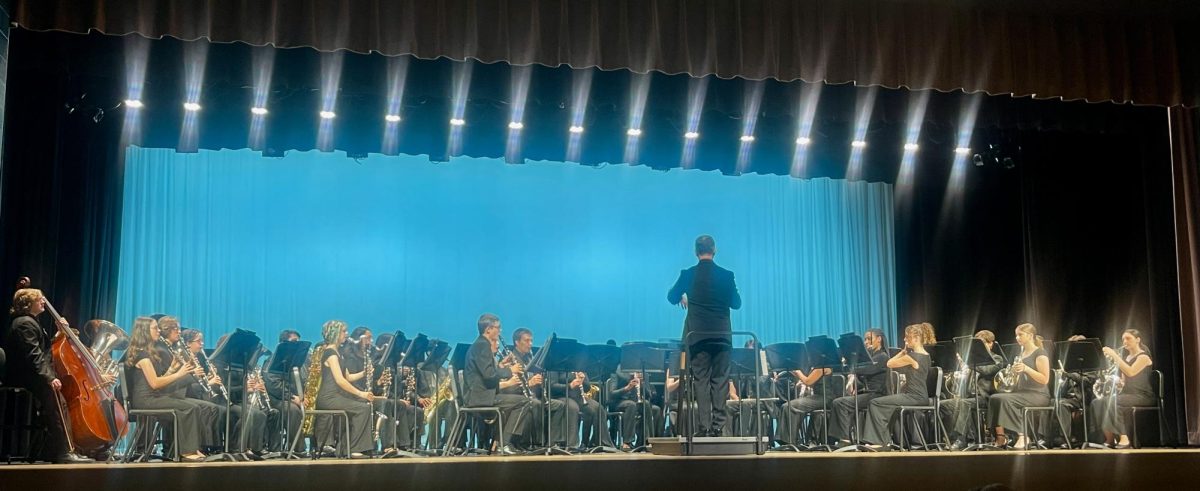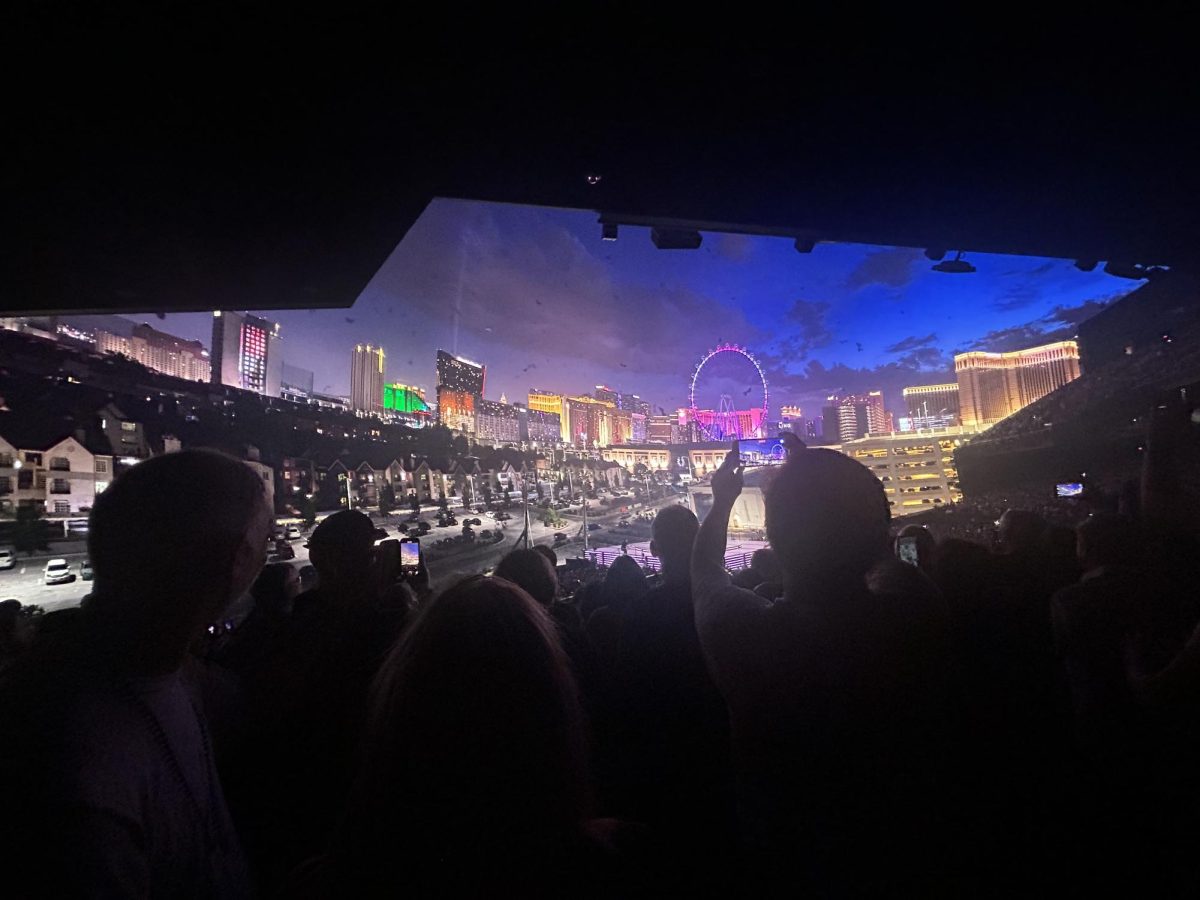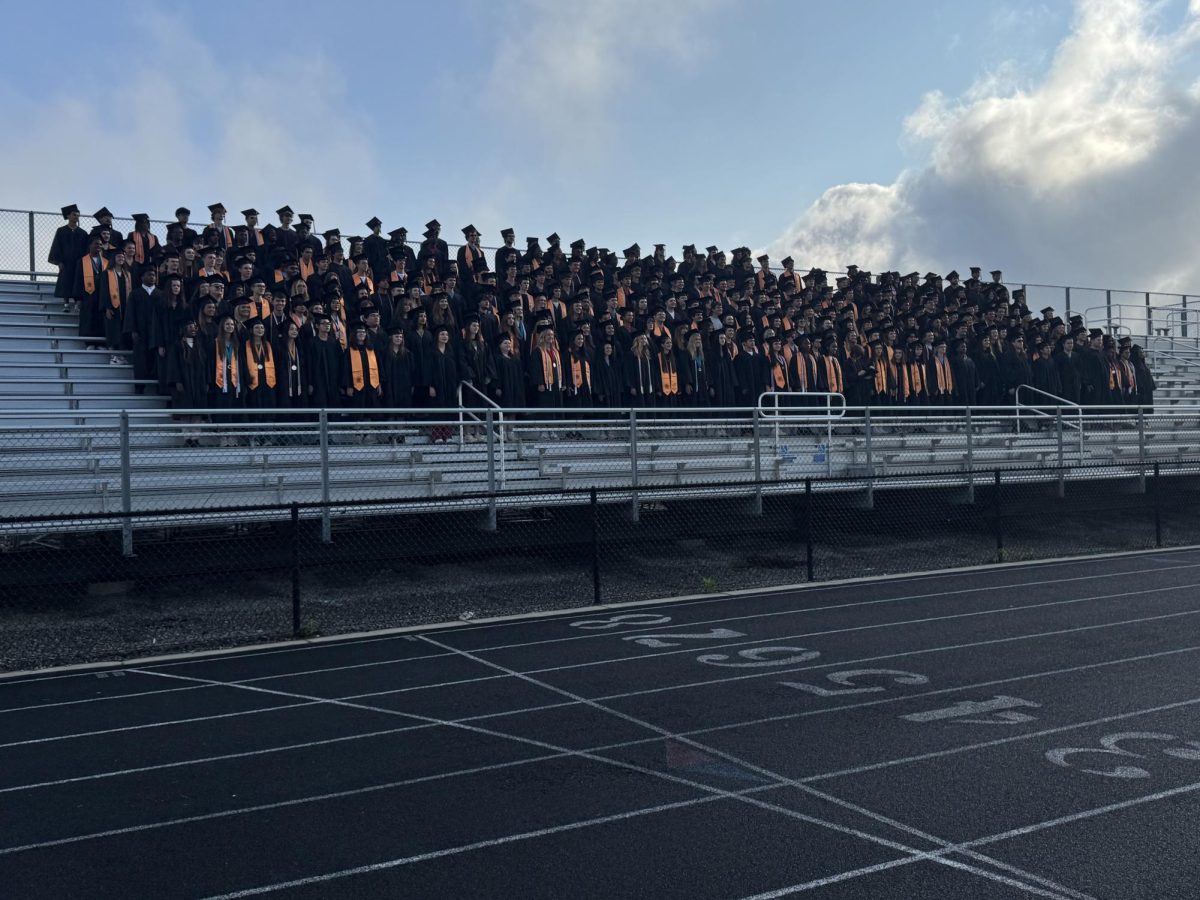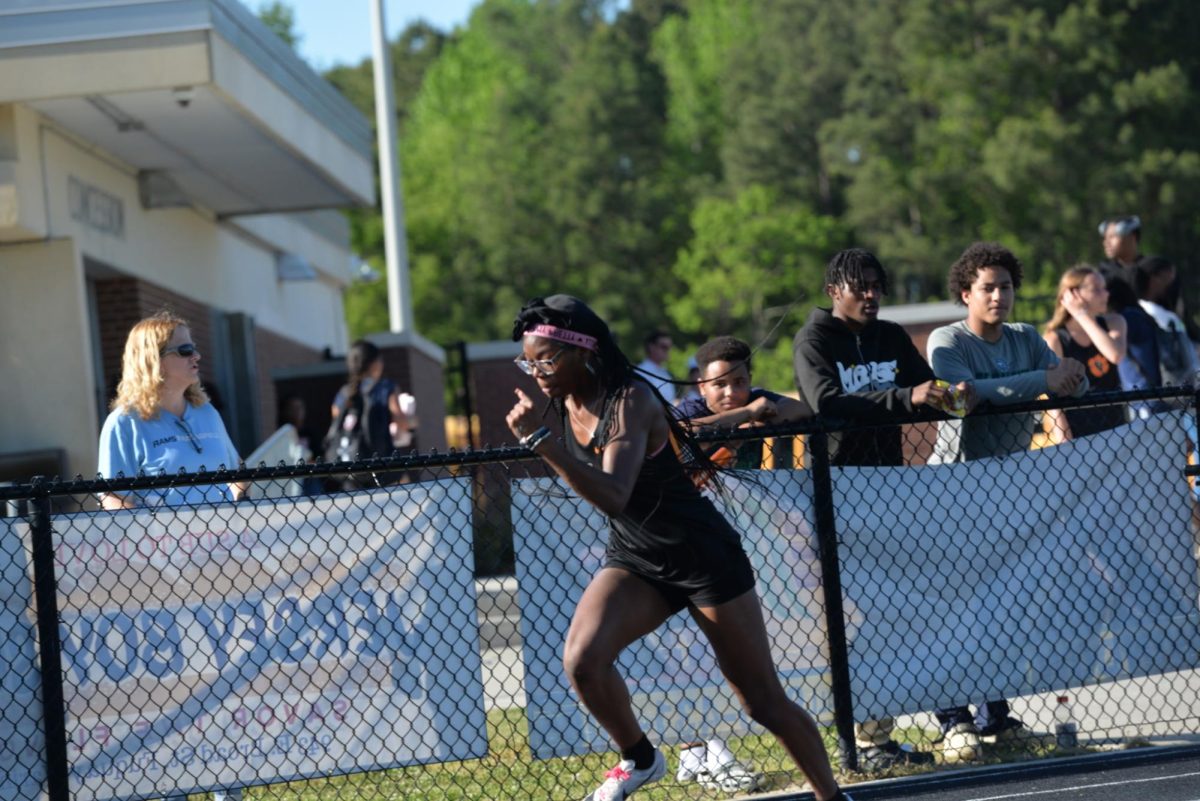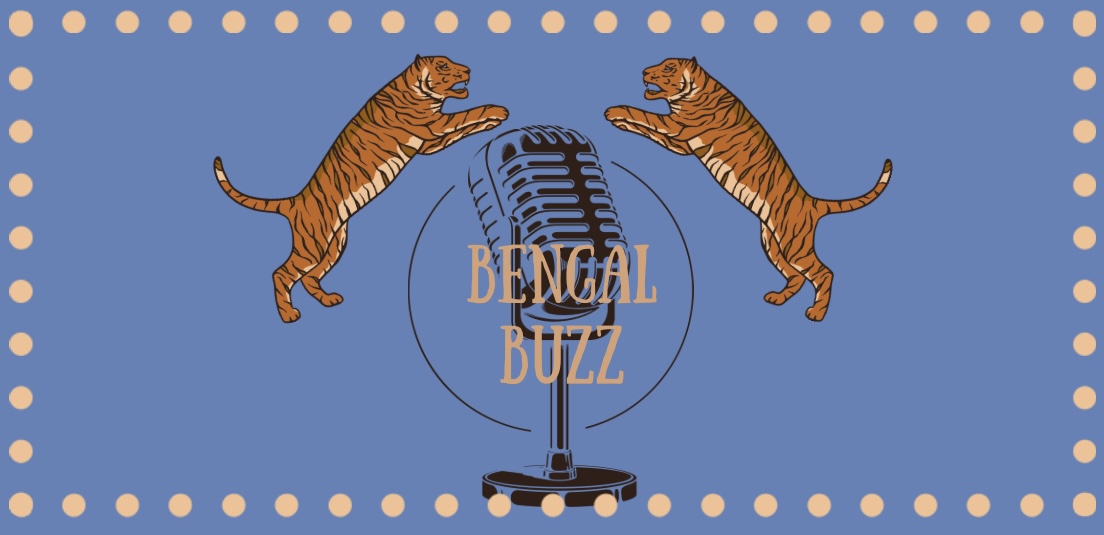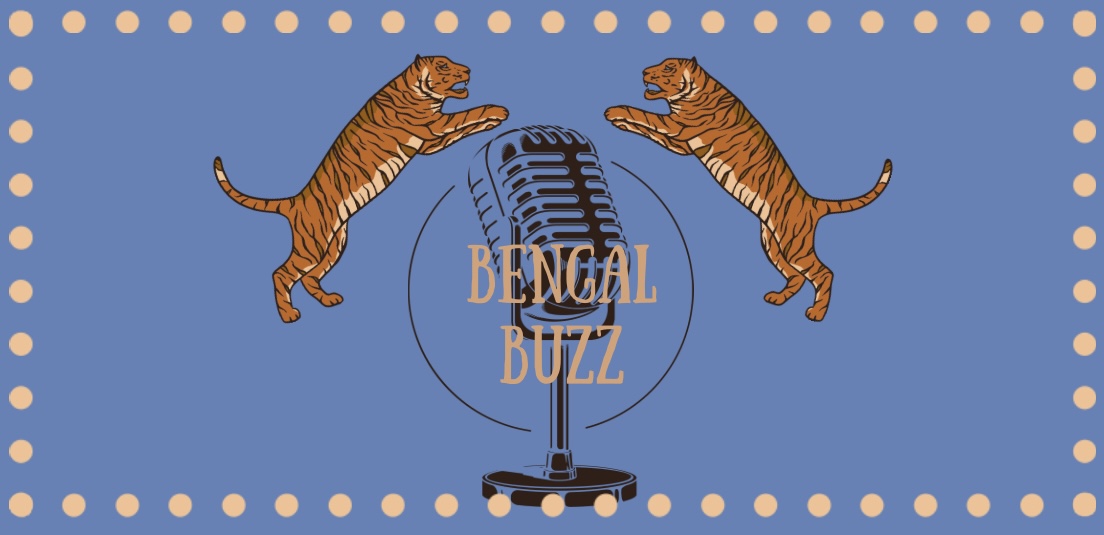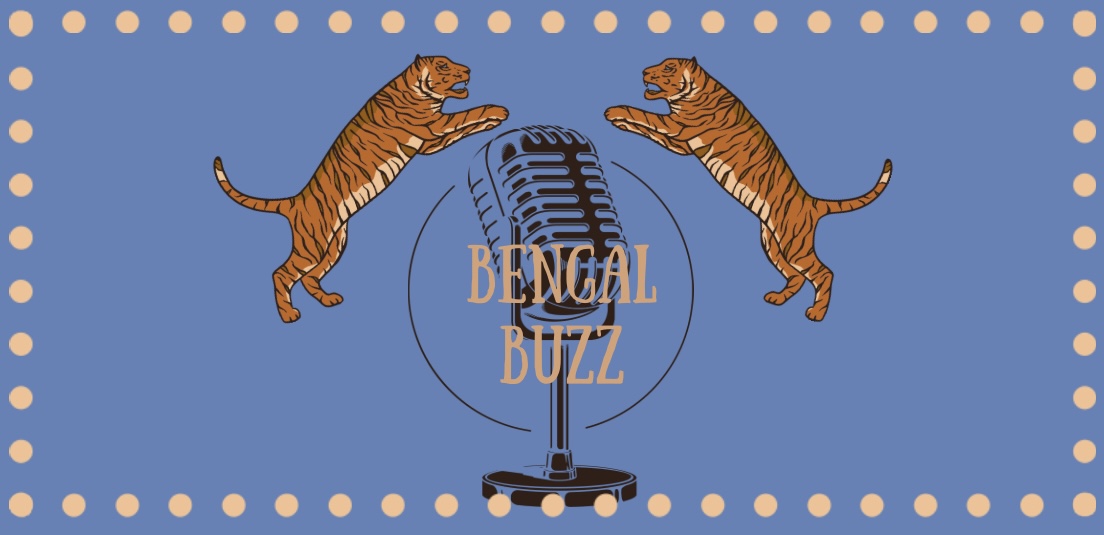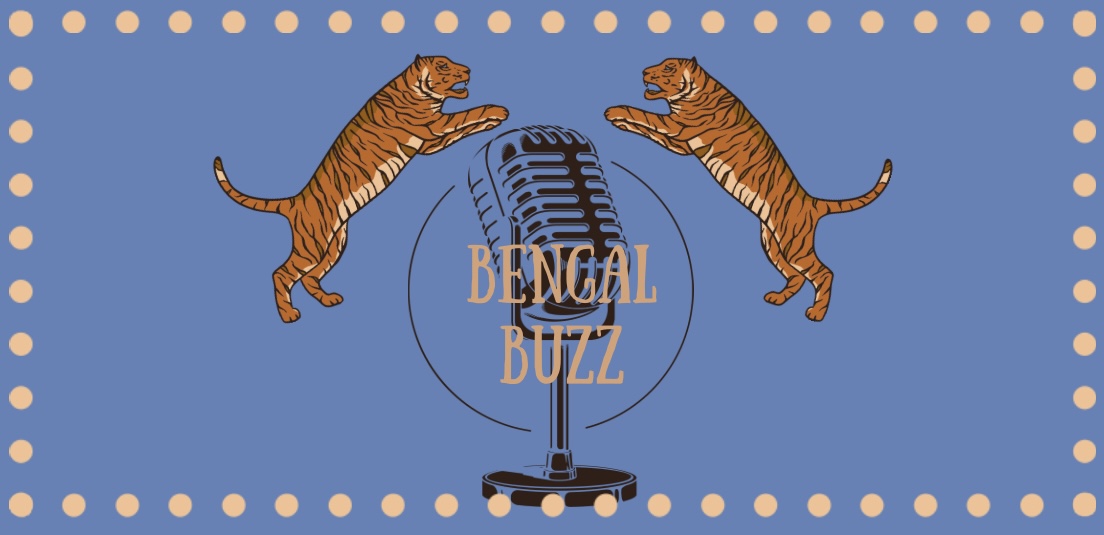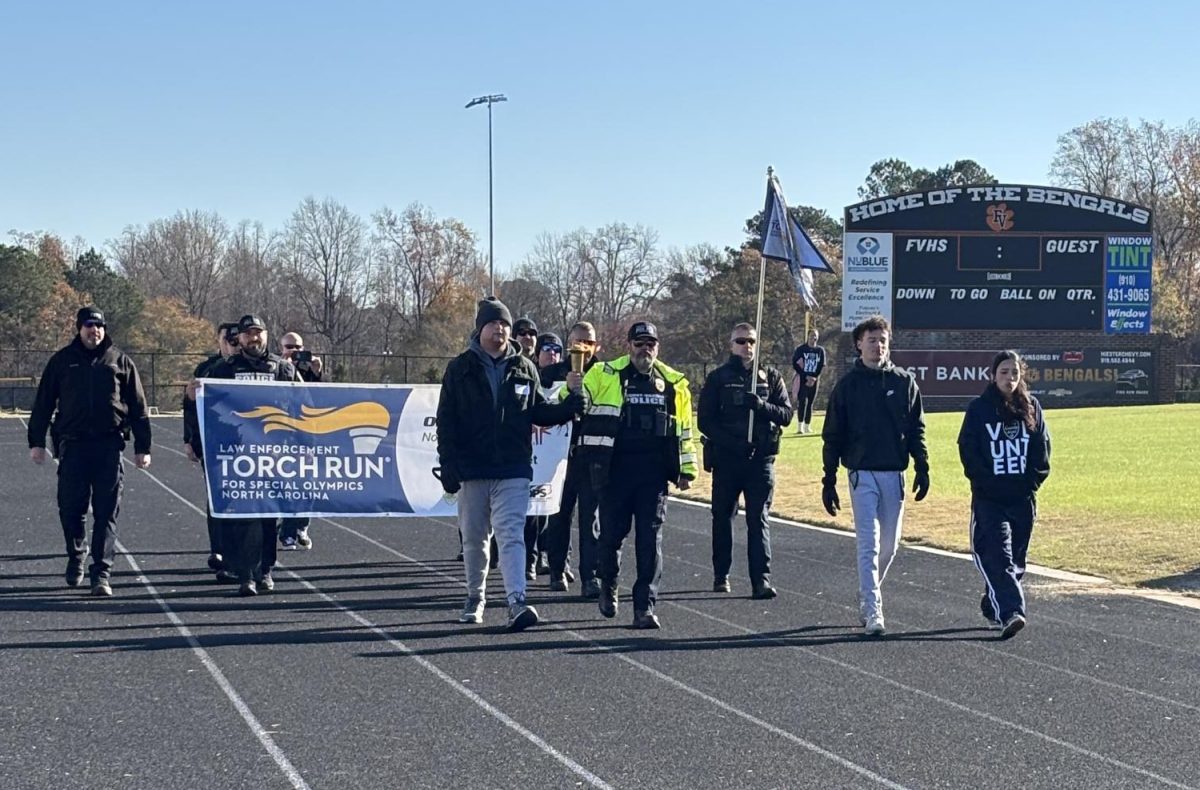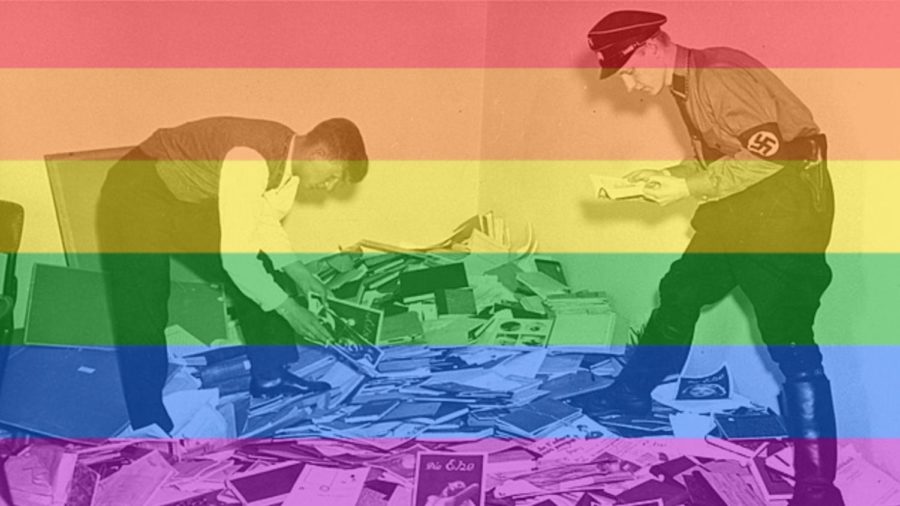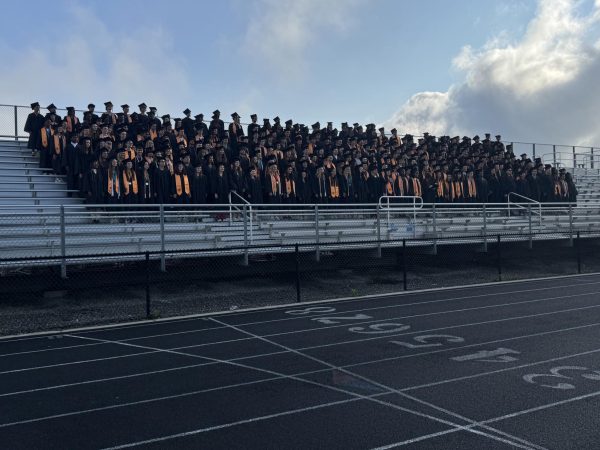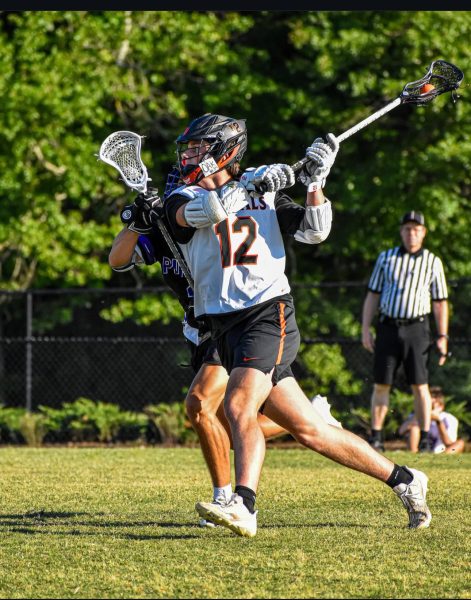Canary in a coal mine
The burning of documents at the Institute of Sexual Research
The image of books burning, their pages floating like lanterns in the sky, is seared into our collective conscience. We’ve all seen the photos, and heard the stories, of kids with Nazi armbands running to join in the literary pogrom that preceded the true one, but does most people know which books were burning?
The books in this first burning were from a research center in Germany that held advanced knowledge on queer people.
The Institute for Sexual Research, founded by Magnus Hirschfeld in Berlin in 1919, held the West’s most advanced research on queer people. This research was done, and for, queer people to understand themselves and their place in the world. This was especially important because being gay was a crime in Germany since the formation of the German state.
While the language is often dated, as with most languages from the 1920s, the research was so advanced that the first-ever gender confirmation surgery was performed on Dora Richter. The institute was decades ahead of any other research in the west until the Nazis burned all of the books except for the records of queer Berliners.
These Berliners, along with other European, gay, and trans people were rounded up with the Roma, Jehovah’s Witnesses, Jewish people, and other victims of the holocaust. Many of these people did not live to see 1946.
What’s important is that this book burning took place five years before Kristallnacht, the night in 1938 in which Jewish people and businesses were subjected to stark and vicious violence. The outright violence against queer people preceded outright violence against Jewish people. This is not to say that they suffered worse than Jewish victims but that they suffered side by side and their persecution was an indication of further violence to come.
This is not isolated to the Nazis. The United States had a homegrown movement that expressed the same violent anti-queer rhetoric, the Ku Klux Klan.
Since at least the 1920s, the Klan has included queer people among the groups they see as their enemies. This has manifested in many acts of violence including the 1984 “Death to Homosexuals” march that was held in a queer neighborhood of Houston.
This was not just rhetoric. The Klan is dangerous and especially in that era. Just a few years prior in 1979, in a town called Seadrift, Texas, the Klan engaged in a campaign of terror and arson against Vietnamese fishermen who had fled their home country out of fear of reprisal from the communist government.
Power was behind their words of hate, and like the Nazis, the Klan targeted queer people as among those who they othered or used rhetoric to drive a wedge between the group and the rest of society. It’s all well and good to know that they target queer people, but why is it important?
Authoritarians rely on the ability to keep whom they consider an underclass in check, and much of that is perception based. Because of that, they must project the image that every one of their men is strong and hyper-masculine.
One only needs to look at the propaganda for authoritarian movements to see the extreme veneration for machismo and the idealized hardy man.
Take for example a poster to convince the youth of Germany to fight in the army. The text translates to “the German student fights for leader and people.” The man in the photo has a square jaw, a uniform, and sturdy figure that carries a swastika flag. The entire poster is about masculine strength in service of the state.
Queer people undermine that by their very existence. They represent the idea that one’s sex is not a caste that predetermines their expression and love. The mere idea that someone can be different from the expectations for their sex exposes the lie at the heart of authoritarianism, that people are born into strict hierarchies or castes.
They cannot cope with something that undermines their ideological “natural order of things” and because of this, they attack queer people for their very existence. They do this with the same violence that such movements use against their other perceived enemies.
This is useful to know to spot upcoming and growing authoritarian, violent movements. A sudden push to other, demonize or disenfranchise queer people is a telltale sign that such a movement is growing.
This is happening now, as the push to paint trans people as groomers and drag shows as grooming events are the current-day expression of that rhetoric. It’s no coincidence that since 2016 hate crimes against trans people have doubled and hate crimes as a whole have been increasing.
Authoritarian rhetoric and beliefs have been and will permeate throughout the American populace, and without intervention, it will continue on its path of violence.
These beliefs must be pushed back against and made clear that they have no home here. At the ballot box, politicians who peddle the groomer conspiracy must be voted out. When these beliefs are expressed in public, they need to be treated with the same scorn as the other hateful ideas that often follow behind.
If these hateful ideas and actions are not curtailed we will lose the freedoms that we hold dear in exchange for this noxious brand of authoritarianism.
Your donation will support the student journalists of Fuquay-Varina High School. Your contribution will allow us to purchase equipment and cover our annual website hosting costs.




